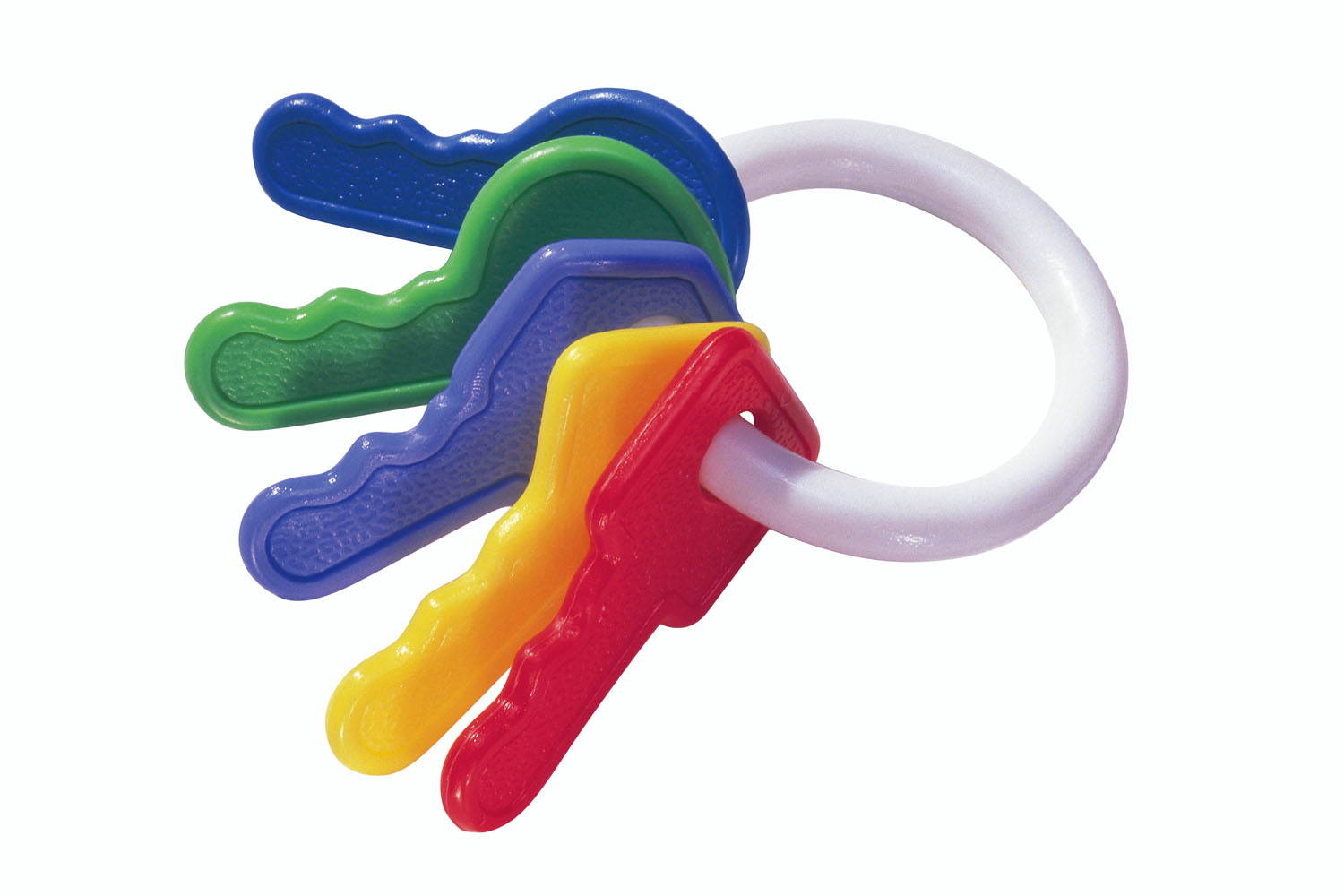- Tahoe’s Nevada Beach Tops the List of Hard-to-Book Campgrounds - 07/17/2024
- Cannabis Watershed Protection Program Cleans Up Illegal Grow Sites - 07/10/2024
- French Fire - 07/05/2024
Dear EarthTalk: Is buying refurbished electronics better for the planet than buying brand new ones?
— Peter Behr, Chicago, IL
According to the United Nations Environment Programme (UNEP), the world produces some 50 million tons of electronic waste each year, and the figure is increasing. Meanwhile, only 20 percent of this electronic waste is disposed of properly. The remaining 80 percent is either sent to landfills, incinerated or illegally traded, resulting in a host of environmental problems including groundwater pollution, reduced air quality and the depletion of virgin natural resources to replace discarded items. As a result, buying refurbished electronics is a step in the right direction.
The U.S. Environmental Protection Agency (EPA) reports that buying refurbished electronics can significantly reduce the environmental impact of electronic waste. The EPA estimates that for every million smartphones that are refurbished and reused, approximately 35,000 pounds of copper, 772 pounds of silver, 75 pounds of gold and 33 pounds of palladium can be recovered. This is a considerable number of valuable resources that can be conserved by buying refurbished electronics.
Refurbishing electronics not only conserve resources but also helps reduce greenhouse gas emissions by as much as 50 percent, according to the EPA. This is because the production of new electronics requires a lot of energy, and greenhouse gas emissions are generated during the manufacturing process.
“Most of the pollution that’s made actually is in the manufacturing of the device, not the use,” says Lucas Gutterman of the non-profit public interest group, U.S. PIRG. “So buying refurbished and using things for as long as we possibly can, really helps protect the environment.”
Buying refurbished is also good for the pocketbook, given that they cost less. But is the savings worth it? Refurbished items sold by reputable retailers undergo tests and inspections to ensure that they meet the same quality standards as new items. According to the Consumer Technology Association (CTA), a trade association for the consumer electronics industry, buyers should look for refurbished electronics that come with a warranty that assures that the item has been thoroughly vetted and is of high quality.
“Some credit card companies will extend coverage on refurbished goods, too, as long as they come with a preexisting warranty,” notes Consumer Reports’ Yael Grauer. Another smart consumer tip is to always check the return policy on a refurbished item before hitting the “buy” button. “It might take you a little while to notice poor performance and defects in a refurbished product, so it helps to have at least one month to decide whether you want to keep it,” adds Grauer.
Apple, Dell, Amazon, Walmart and BestBuy are among the large companies that sell many refurbished electronics with limited warranties and a return policy. Dozens of other smaller resellers (e.g., Refurb.io, Gazelle, TechForLess, RefurbMe, etc.) also specialize in refurbished products and typically offer similar if not better terms for consumers. “Buying refurbished products positively impacts the environment by boosting the circular economy, lowering the replacement cycle, reducing carbon dioxide (CO2) emissions, avoiding additional e-waste, and reducing energy and fuel consumption,” says Simo Elalj of RefurbMe. “You do this by giving a new life to a pre-owned device.”
CONTACTS
EarthTalk® is produced by Roddy Scheer & Doug Moss for the 501(c)3 nonprofit EarthTalk. See more at https://emagazine.com. To donate, visit https://earthtalk.org. Send questions to: question@earthtalk.org.
Read more EarthTalk columns here.













